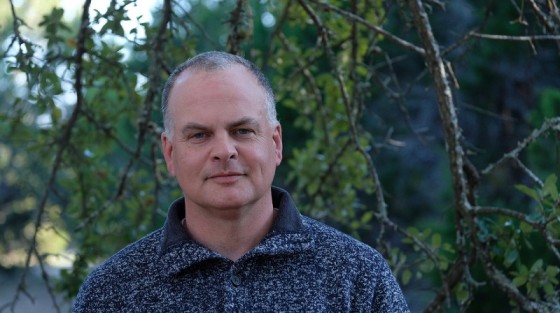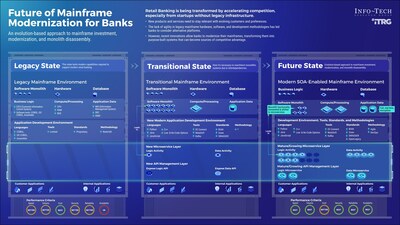Dr. Kevin Dalby is a professor of chemical biology and medicinal chemistry, currently working on cancer drug discovery. At the College of Pharmacy at The University of Texas, he is examining the mechanisms of nature and cancer to develop new treatments, and teaching and motivating students to conduct research. Dalby is optimistic about the future of cancer treatments.
Being involved in research, your job requires stress management in order to stay focused. However, you might be having some off days too. Tell me about your best and worst days at work.
My best days are days when I set out with goals for the day, and I meet them more quickly than I expect. It gives me a real sense of achievement, especially as I tend to set reasonably challenging, albeit achievable goals. It is not too dissimilar to how I feel when I am cycling. I love the days that are inexplicably better than others, where there seems to be more energy to ride hard.
My worst days are generally the opposite, where I feel like I didn’t achieve even the most straightforward goals.When I was a graduate student, I remember cycling home at around midnight after a frustrating day in the laboratory. I lived about two miles away, and about halfway home, I contemplated turning around and starting a new experiment that night. However, I didn’t go back as it was already a new day, and so I told myself to start fresh in the morning. In the morning, I made sure to set one goal for the day that I knew I would be happy when I achieved it. Without realizing it, I was managing my stress, something I think I have continued to do to this day.
Research in itself is time-consuming. When it comes to drug discovery, it becomes even more challenging considering the plethora of variables involved. What are the projects that you most enjoy working on?
Projects usually begin with the knowledge that it will take a long time to come to a place of clarity because we have to overcome various technological or theoretical hurdles. Moments of clarity in our own work come along every few years and are one of the most satisfying moments in science. In a similar vein, many scientists around the world have recently been working incredibly hard to find a cure for the novel coronavirus. When there finally is a breakthrough that shows the positive effects that we hope for in the clinic, there will be such a collective sense of relief in the scientific world, because so many of us feel like we have been part of the journey together.
What was your biggest ‘a-ha’ or life changing moment?
It was probably realizing that one of the most important things that we can control is the choice to work hard at something. So rather than worrying about all the things that are not in our control, it pays to just get on with things that are and thereby make a difference.
What has been the most important part of your professional journey?
It has been working with inspiring mentors, colleagues, and students. I have been lucky to work with people I learn from every day. There are so many ways to look at any problem, and yet it is amazing how many times somebody offers a new and unexpected perspective that can change one’s whole approach to something.
What risks is your university facing?
The fundamental challenge to every university is how to navigate the next 18-24 months in a safe and responsible manner whilst in the throngs of a pandemic. To say that universities are between a rock and a hard place is an understatement.
What would you do with unlimited resources?
Probably give all my money to the Bill & Melinda Gates Foundation. The foundation is doing some incredible job across the globe. Their healthcare initiatives are phenomenal and I would be happy to give my resources to them.
What do you do when you’re not at work?
I try to learn as much as I can about the nature around me. I try to understand the changes that occur each season, and I try to identify as many species in my yard as possible.
Being involved in Cancer drug discovery must have been a rewarding experience for you. However, on a personal level, how do you feel you make a difference in the world?
Yes, the entire experience has been an enriching one. However, I would say that I am just one person in a very big world and I am still learning. I don’t think I make very much difference at all, to be honest. But in those moments when I am interacting with others, I do hope it’s a positive experience.





 How to7 years ago
How to7 years ago


 More4 years ago
More4 years ago


 More6 years ago
More6 years ago


 Interview4 years ago
Interview4 years ago


 Other Internet Tech6 years ago
Other Internet Tech6 years ago


 More6 years ago
More6 years ago


 Business Ideas6 years ago
Business Ideas6 years ago















